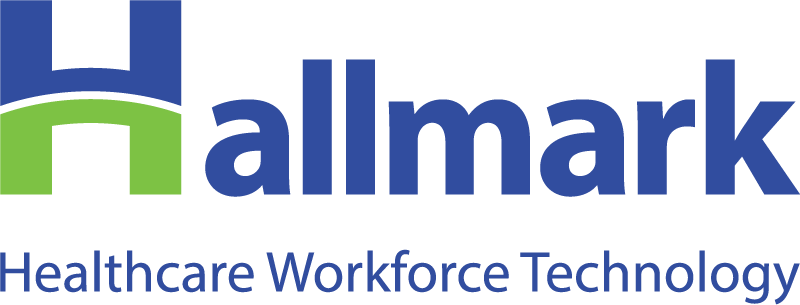
Before deciding how to take your contingent labor strategy to the next level, it’s important to have clarity around the concepts and components of a holistic strategy. Ask the following questions to ensure you have all the information you need.
Is the solution really “vendor neutral”?
This term is often misused in the contingent labor space. Most solutions that claim to be vendor neutral are products of staffing agencies and will either implicitly or explicitly limit you to resources from that agency. A true vendor-neutral solution will not only allow you to create your own IRP independent of agency/MSP influence but will also connect you to a network of agencies that are all working to fill the shifts you specify with qualified candidates at the lowest cost.
Download the full Decision Guide →
How will we ensure staff are credentialed appropriately?
With the creation of an IRP comes the need to ensure that the resources you’re scheduling are credentialed appropriately. And while your organization is doing this already for your permanent staff, the addition of contingent staff increases the volume and complexity of this work – you will not be as closely connected to many of the new resources joining your program. As you anticipate this additional work, know that a true contingent labor platform partner will help you vet and document credentials for your IRP resources as part of their solution implementation.
Download the full Decision Guide →
How will this solution integrate with my health system’s existing IT ecosystem?
To be successful, your solution must integrate seamlessly within your organization’s IT ecosystem including scheduling, time and attendance, and HRIS systems. If not, you may find yourself pulling data “out” and into Excel, burdened with manual reporting, and unable to generate the reporting and analytics you need to make important decisions. Your executive team will expect timely and accurate reporting and your labor resources will expect transparency to maintain their confidence in the program. To avoid these pitfalls, clearly define workflows and reporting expectations early in the process and ensure you have an integration plan to make it happen.
Download the full Decision Guide →
What additional value-added services will I receive?
Working with the right partner to create a winning contingent labor strategy can pay dividends. Ask your partner if they can provide supporting services such as:
- Creation and implementation of standardized staffing agreements to ensure consistency across agency relationships.
- Recurring rate analysis reporting to help ensure you’re optimizing spend, preparing for labor market fluctuations, and aligned with the right agency partners to provide the right support (the right types of resources for the right price).
- Training and implementation support to ensure project success.
Download the full Decision Guide →
What is the best option for my organization long term?
Your overall goals for the program should include straightforward metrics like reducing contingent labor spend and filling shifts quickly with qualified resources. But it should also include more strategic goals including:
- Your health systems’ ability to retain control of staffing during labor market shifts and make decisions that are in your best interest.
- Positioning your organization as an employer of choice in your region to recruit and retain excellent clinical resources.
- Consolidation of the contingent labor staffing function for your entire organization to drive efficiencies and make better strategic decisions.
